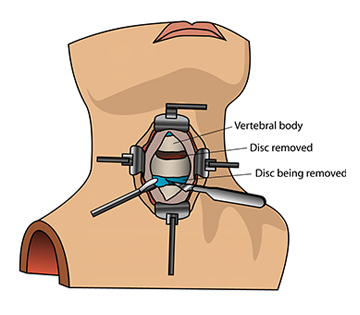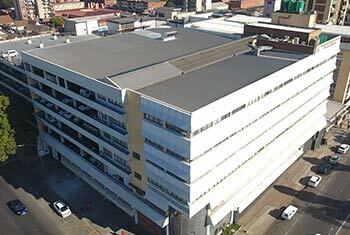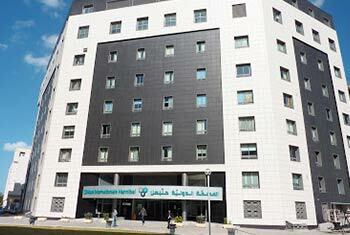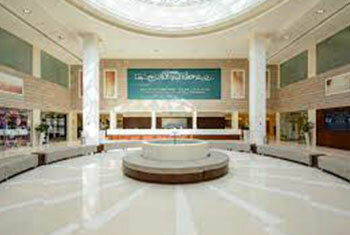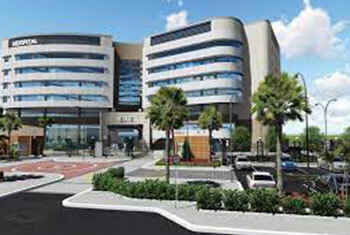Cervical Discectomy Details
Your spine is a soft spongy rod like structure which runs the entire length of your back and is the second largest coordinating center of your body with lots of neural tissue and several nerves and blood vessels. Your spine is protected by a hard bony structure called backbone. The backbone is made up of small segments called vertebrae which enable you to move, and are held together with the help of cartilaginous tissue. The tissue present between two adjacent vertebrae forms the disk or cushion between them and allow you to move as desired. When there is some extra growth or degeneration of this tissue, your doctor needs to perform a discectomy to help you live a more normal life.
